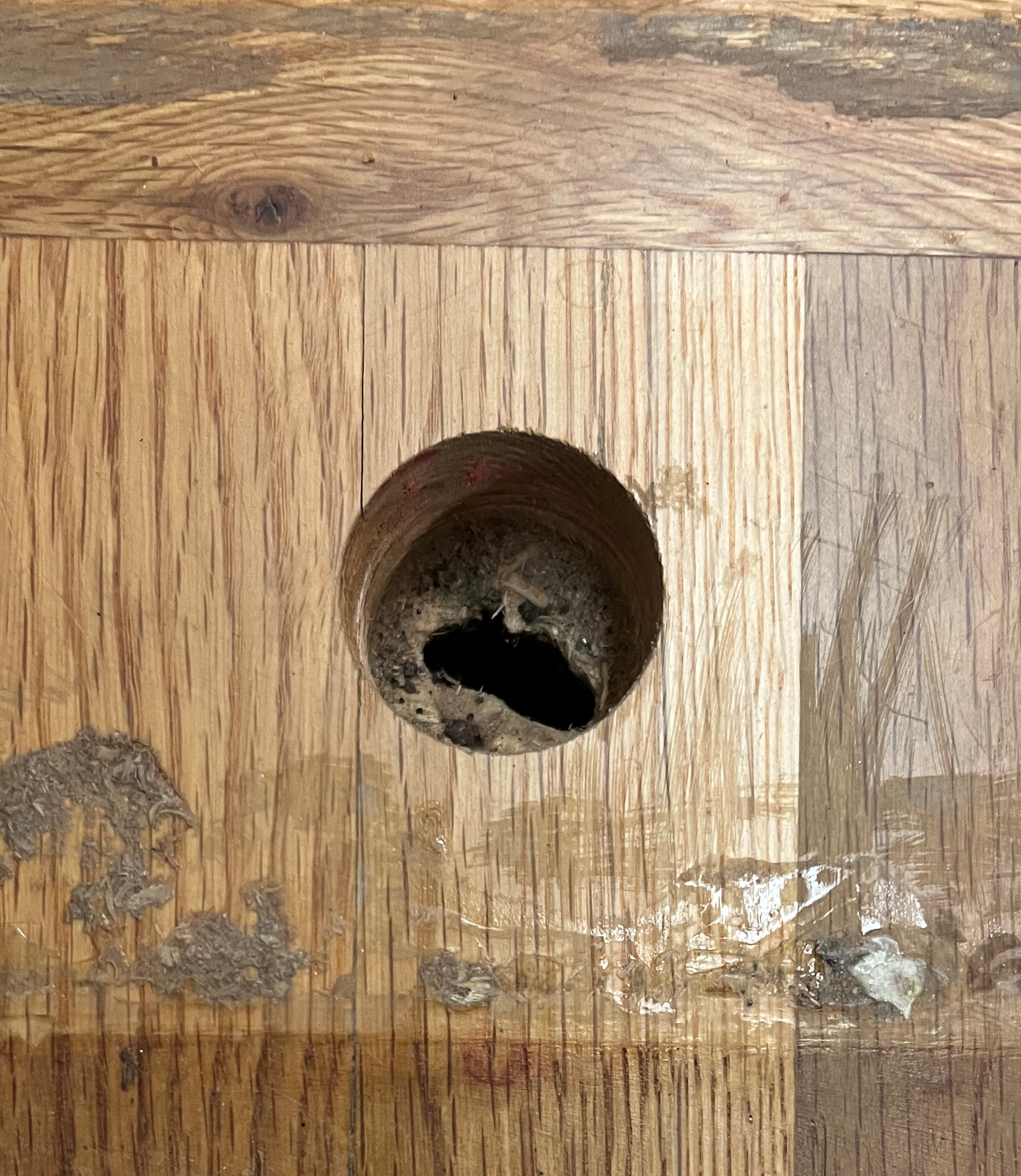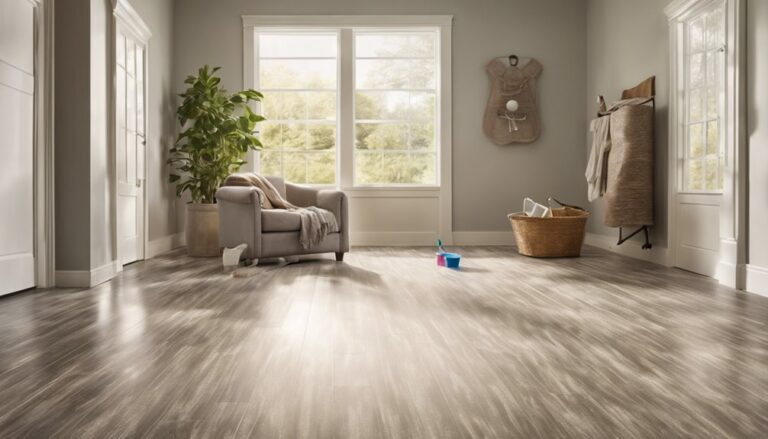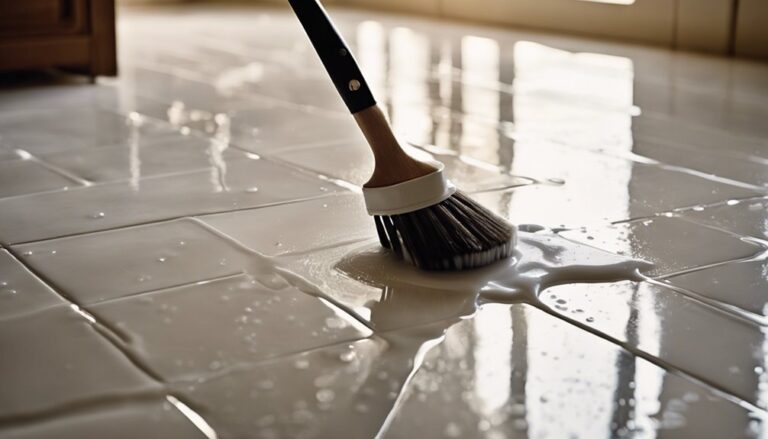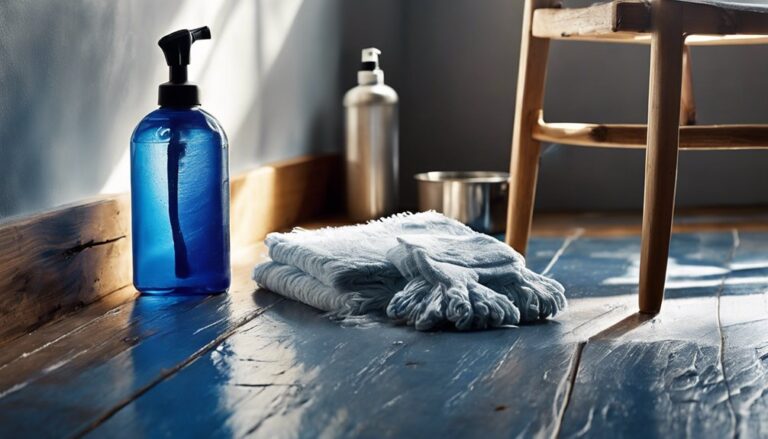Have you discovered an unsightly hole in your wood floor and aren’t quite sure what to do next? You’re not alone, and thankfully, it’s a problem that can be fixed.
Imagine your beautiful wooden floor restored to its original splendor, with no trace of damage. Sounds good, right? Whether it’s a small blemish or a larger gouge, knowing how to repair it yourself can save you money and give you the satisfaction of a job well done.
This guide will walk you through each step, ensuring you have the confidence and know-how to tackle the task. Let’s make sure your sol looks as stunning as the day it was installed. Keep reading to uncover the secrets to a flawless floor repair!
Évaluation des dommages
Wood comes in different types and colors. Hardwoods like oak are strong. Softwoods like pine are softer. Look at the grain and color. This helps know the type. Each type needs special care.
Use a ruler to measure the hole. Measure the length and width. Write down the numbers. This helps find the right patch. Big holes need more work than small holes.
Rassembler les outils nécessaires
Fixing a hole in a wood floor is easy with the right tools. A hammer, papier de verre, et couteau à mastic are essential. You also need a saw et wood glue. Safety gear like gloves and goggles is important too. Having these will make the repair process smooth and safe.
Choosing the right wood filler is crucial. Look for a filler that matches the floor color. Some fillers are for big holes, others for small ones. Make sure it is easy to sand et paintable. A good filler will blend well and make the floor look new.
Preparing The Area
Sweep away any dust and dirt from the damaged spot. Use a soft brush or a vacuum cleaner. A clean surface helps the repair last longer. Remove any loose wood pieces carefully.
Wet a cloth with soapy water. Gently scrub the area. This removes any sticky residue. Dry the spot with a clean towel.
Use a piece of sandpaper. Rub it over the area around the hole. This makes the surface smooth. It helps the filler stick better.
Wipe away any dust. A damp cloth works best. Let the area dry completely before moving to the next step.
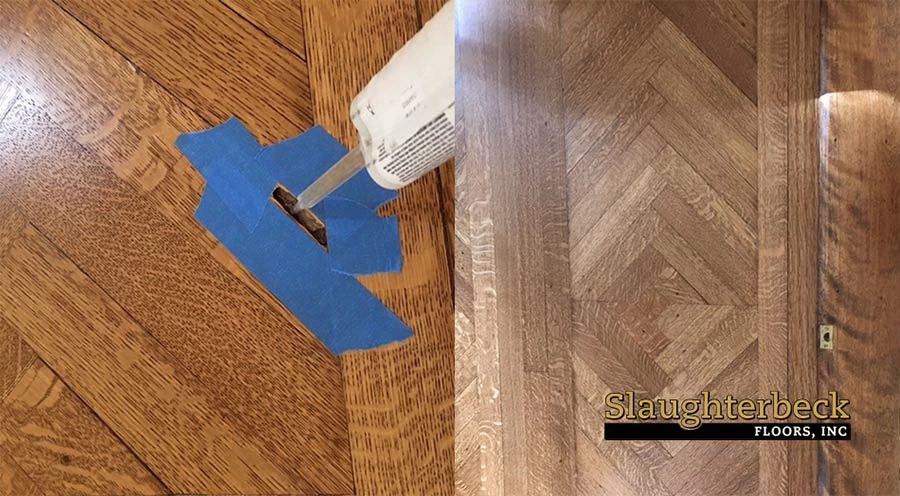
Filling Small Holes
Use a small putty knife. Take a bit of mastic à bois. Fill the hole gently. Press the filler in. Make sure it’s packed well. Do not leave gaps. Smooth the surface with the knife. It should be even with the floor. Let the filler dry. Check the drying time on the package.
Begin sanding once the filler dries. Use fine-grit sandpaper. Rub it over the filled area. Make the surface smooth. Feel it with your hand. It should feel like the rest of the floor. Clean the dust with a damp cloth. Ensure no dust remains. Now, your floor is ready.
Repairing Larger Holes
Fixing larger holes in wood floors involves a few simple steps. Start by cleaning the area and removing loose debris. Use wood filler to patch the hole, ensuring it is level with the surrounding surface. Sand the area smooth once dry, then apply stain or finish to match the existing floor.
Cutting A Replacement Piece
Start with a piece of wood. It should match your floor’s color. Measure the hole’s size. Then, mark the same size on the wood piece. Use a sharp saw for cutting. Be careful while cutting. The piece must fit snugly into the hole. This ensures it looks neat. Double-check the size before moving on.
Securing The Patch
Apply wood glue to the edges of the piece. Press it into the hole. Hold it firmly in place. Let it dry completely. Use sandpaper to smooth the edges. This makes it blend with the floor. Ensure the patch feels even underfoot. This step is crucial for a seamless finish.

Finishing The Repair
Use a small brush to apply the stain. Choose a stain that matches the floor color. Let it sécher complètement. Now, apply a clear mastic. This protects the wood. It also gives it a shine. Let the sealant dry for a few hours.
Sand the edges of the repair. This helps it blend. Make the edges lisse. Check if the stain matches. If not, apply another coat. Let it dry. Now, the floor looks like new. You won’t see the repair spot.
Preventing Future Damage
Keeping wood floors clean is very important. Use a soft broom to sweep dirt. Mop with a damp cloth to remove stains. Make sure the floor is dry after cleaning. Too much water can harm wood.
Check for any scratches often. Fix them quickly to avoid big problems. Use special wood polish to keep the shine. It helps protect the surface from damage.
High-traffic areas need extra care. Place rugs or mats in busy spots. They catch dirt and prevent scratches. Use furniture pads under chairs and tables. This stops them from scraping the floor.
Encourage family and guests to remove shoes indoors. Shoes can bring in dirt and cause scratches. Keep pet nails trimmed to avoid marks. These steps help keep the wood floor safe and sound.

Questions fréquemment posées
How To Identify Holes In Wood Floors?
Inspect your floor for gaps or visible holes. Use a flashlight to spot tiny imperfections or cracks. Tap the surface gently and listen for hollow sounds. Feel for uneven areas by running your hand over the floor. Identifying holes early helps prevent further damage and eases repair efforts.
What Tools Are Needed For Repair?
You’ll need a wood filler, putty knife, sandpaper, and a vacuum. A wood stain or finish matching your floor is essential. Optional tools include a drill and a screwdriver for larger holes. Safety gear like gloves and masks is recommended to protect yourself during the repair process.
Can I Use Wood Filler For Large Holes?
Wood filler works best for small to medium holes. For larger holes, consider using a wood patch or plank replacement. Filling large gaps may require additional support or reinforcement. Consult a professional for extensive damage to ensure a lasting repair and maintain floor integrity.
How To Apply Wood Filler Effectively?
Clean the hole and remove debris first. Apply wood filler with a putty knife, pressing firmly to fill gaps completely. Smooth the surface evenly and remove excess filler. Allow it to dry according to the manufacturer’s instructions. Sand the area afterward for a seamless finish.
Conclusion
Fixing a hole in your wood floor is simple. Start by gathering materials. Clean the area thoroughly. Fill the hole with wood filler. Smooth the surface with sandpaper. Apply a matching stain or paint. Let it dry completely. This method restores your floor’s appearance.
Regularly check for damages. This prevents future issues. Maintain your wood floor with care. Enjoy your beautiful home. Feel confident in your repair skills. Keep floors looking great. Save money by doing it yourself. Share your success with friends. Encourage them to tackle similar projects.

